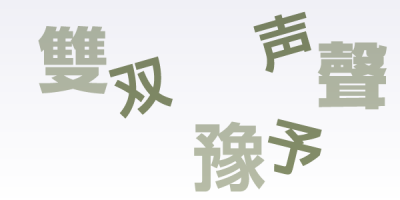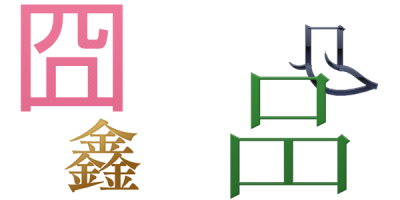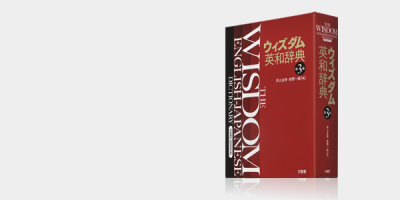
“Ma, sumai no tame no, oo gensoku sore kara” (Well, it’s a general rule f…for housing, and…)
This line, uttered by a male announcer, who had been appointed the role of moderator, is from a television program aimed at high school students called “NHK Kookoo Kooza (Katee Soogoo)” (May 28 2004, rerun of a 2003 episode). What is this “oo gensoku”?
If asked, “What do you call a broad principal?” you might reply “ee gensoku” (eh… a general rule), “nn…gensoku” (hmm… a general rule), “eeto gensoku” (uh… a general rule), or “anoo gensoku” (um… a general rule). However, you normally wouldn’t say “oo gensoku.” “oo” cannot be lumped in with the sounds “ee,” “nn,” and “anoo” which, in Japanese, one produces when thinking.
This “oo” is the vowel that appears in the “no” of the phrase “sumai no tame no” that directly precedes it. In other words, this male announcer interrupted the phrase at “sumai no tame no,” then said the phrase “oo gensoku,” elongating the vowel sound of the “no.” Indeed he is performing a complex task.
On another program, a politician used similar expressions: “Iya sono toki wa ano, oo dairen kaidan de ha,” (no, that time oh…, at the Dalian meeting…) “hachi-nin no kata, aa no mondai ni tsuite” (regarding the ah…. problem of the eight people…) (May 30, 2004, Kansai Telecasting Corporation, “Hoodoo 2001” Taku YAMASAKI(1)); he interrupted the phrase at “ano” then elongated the vowel “o” of “no” and interrupted the second phrase at “kata” and elongated the vowel “a.” In both cases the order of interruption and elongation is the same.
Recording the normal conversation of students, I’ve found that stuttering speech is common. For example, in “de–, riro, riron te yuu ka moo hotondo riron” (well, it’s not ‘maybe th…theory,’ it is in fact theory) there is an interruption (“riro”). Also, in the phrase “Kyooto kokusai kaigijoo tte dekita jan, Takaraa gaike no” (they built the Kyoto International Conference center, so… Takaragaike’s…) we can see elongation (“Takaraa”).
It’s not just students who do this. Stuttering speech appears frequently in our normal conversations, and we interrupt and elongate sounds. This is what stuttering is —interruption and elongation. However, stuttering containing an interruption followed by elongation is not normally observable. The interruption-elongation type of stuttering is seen only at the ends of words (“ano,” “hachi nin no kata”) or phrases (“sumai no tame no”) and only in formal occasions.
However, it may not always occur just at the ends of words and phrases in all formal occasions. A grade-schooler being interrogated by a police officer over stealing from a temple collection box might find himself facing more than just a lecture if he responded in such a way that made the officer doubt his sincerity, or seemed flippant, for example: “warui to wa, aa omottan desu ga, saisenbako wo, oo nozoku to…” (I knew it was, ahem, wrong, but when I, ah, looked into the collection box…). This is because the grade-schooler would clearly be affecting an “adult” character, and speaking as a different person. Interruption-elongation type stuttering is “adult” speech.
Moreover, it is not apparent in all adults. It would be odd for a meek, anonymous employee addressing a meeting of top executives to begin by gravely sucking air through his teeth(2) and saying “Ssss, de wa, gosetsumei sasete itadakimasu. Shhhh–”(Ssss, I will now begin my explanation. Shhhh….) then go on to say “Dairen Kaigi no, oo…” (about the Dalian meeting, uh…). This is a technique used by not just adults, but by adults who have substantial authority. Here, I will call these speakers “people of authority” for convenience. However, as research progresses over time, the real names and identities of the users of this unusual interruption-elongation type stuttering will probably become clearer.
As we saw in the “adult” only techniques addressed in parts 27 and 28, the special techniques used by “adults” are not limited to words.
* * *








(1) 1936– Politician; member of Japan’s House of Representatives.
(2) Sucking air noisily through one’s teeth is a common adult gesture in Japan. It often reveals the speaker’s feeling of “kyooshuku” (fear and ashamedness), but can have many other meanings depending on the context.